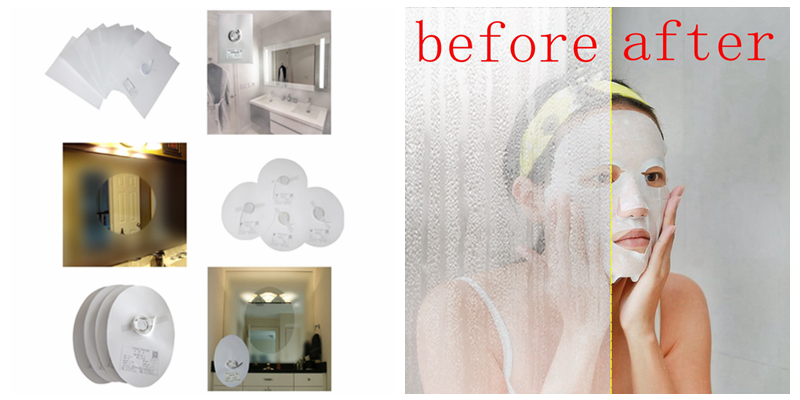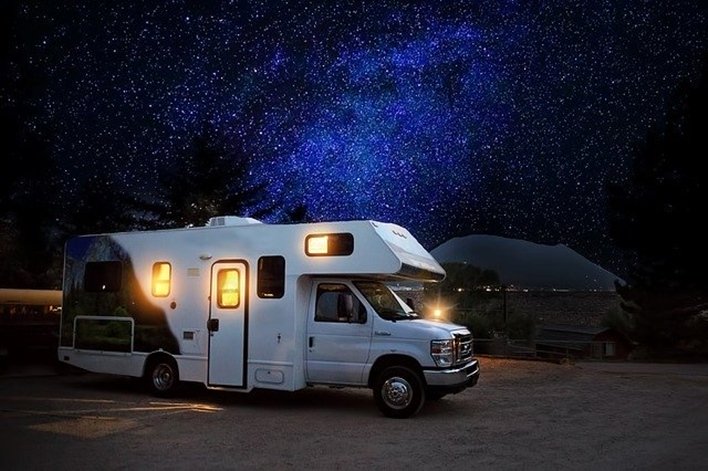When it comes to the characteristics of LED lights, perhaps everyone will think of energy saving and environmental protection, yes, right, so do you know the other characteristics of LED lights?
Advantages:
The internal characteristics of LED determine that it is the most ideal light source to replace the traditional light source, which has a wide range of USES.
Small volume
The LED is basically a very small chip enclosed in an epoxy resin, so it's very small, very light.
Low power consumption
LED power consumption is very low, generally speaking, the working voltage of LED is 2-3.6v. The operating current is 0.02-0.03a. This means that it consumes no more than 0.1w of electricity.
Long service life
At the right current and voltage, leds can last up to 100,000 hours
High brightness, low heat
Strong and durable
Leds are fully encapsulated in epoxy and are stronger than bulbs and fluorescent tubes. There is no loose part inside the lamp, which makes the LED not easily damaged.

The effect
The biggest advantage of LED lights is energy saving and environmental protection. The luminous efficiency of light can reach more than 100 lumens per watt, while the ordinary incandescent lamp can only reach 40 lumens per watt, and the energy-saving lamp is hovering around 70 lumens per watt. So, for the same wattage, leds will be much brighter than incandescent and energy efficient bulbs. 1 watt LED light brightness is equivalent to about 2 watts of energy-saving lamps, 5 watt LED lights 1000 hours power consumption 5 degrees, LED life can reach 50,000 hours, LED lights without radiation.

Color temperature color
Color temperature of light source:
People describe the color table of the light source by the absolute temperature of the complete radiator which is equal to or close to the color temperature of the light source (the color seen when the human eye directly observes the light source), which is also called the color temperature of the light source. Color temperature is expressed in terms of absolute temperature K. Different color temperatures will cause different emotional reactions of people. We generally divide the color temperatures of light sources into three categories:
. Warm color light
The color temperature of warm color light is below 3300K. The color of warm color light is close to the color of incandescent light, and the red light has more components, giving a warm, healthy and comfortable feeling.
Warm white
Also known as the middle color, its color temperature between 3300K-5300K. Warm white light soft light, make people have a pleasant, comfortable, peaceful feeling, suitable for shops, hospitals, offices, restaurants, restaurants, waiting rooms and other places.
. Cool color light
Also known as daylight color, its color temperature is above 5300K, the light source is close to natural light, has a bright feeling, make people concentrated, suitable for offices, conference rooms, classrooms, drawing rooms, design rooms, library reading rooms, exhibition Windows and other places.

















